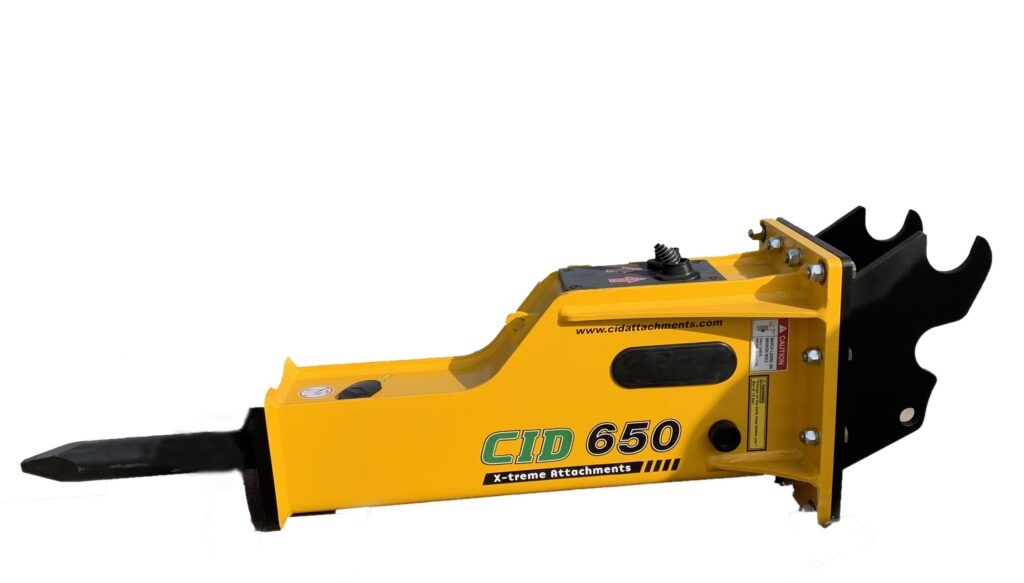
(615) 547-4033
Hammer / Breaker
A hammer breaker, often simply referred to as a breaker or hydraulic hammer, is a powerful attachment used in construction and demolition projects to break and demolish concrete, rocks, and other hard materials. These attachments are commonly mounted on excavators or backhoes and are designed for heavy-duty tasks that require breaking, chipping, or trenching. Here’s a summary of hammer breakers:
Purpose:
Hammer breakers are primarily used for the following purposes:
- Concrete and Rock Demolition: They are employed to break up and remove concrete structures, foundations, pavement, and rocks during demolition projects.
- Trenching: Hammer breakers can create trenches in hard or compacted soils, making them valuable for utility installations and excavation tasks.
- Foundation Work: In construction, they are used for foundation preparation, especially when removing old foundations or rocks that interfere with new construction.
- Roadwork: Breakers are used for road construction and repair projects to remove old asphalt or concrete surfaces.
- Quarrying and Mining: In quarries and mines, hammer breakers are used to extract and size hard materials, including rocks and minerals.
Design:
- Hydraulic Power: Hammer breakers rely on hydraulic power supplied by the host machine (excavator or backhoe) to generate the force required for breaking.
- Chisel or Pointed Tip: Most breakers have a chisel or pointed tip that strikes the surface to be broken. Some models offer interchangeable tips to suit different tasks.
- Blow Rate and Force: Breakers vary in terms of blow rate (the number of blows per minute) and force, allowing them to handle a wide range of materials and conditions.
Variety:
- Sizes: Hammer breakers come in various sizes to match the host machine’s size and the specific requirements of the job.
- Attachments: Some breakers can be equipped with different attachments, such as moil points, chisels, and blunt tools, to suit various applications.
Operation:
- Attachment and Operation: The breaker is attached to the host machine’s arm, and the operator controls its movement and operation from the machine’s cabin.
- Striking Action: The hydraulic system delivers high-pressure oil to the breaker, which in turn activates a piston. The piston strikes the chisel, delivering a powerful blow to the material.
- Repetitive Action: Breakers deliver rapid and repetitive blows to the material, gradually breaking it apart.
Safety:
- Operator Safety: Proper training and adherence to safety guidelines are crucial when operating hammer breakers, as they involve heavy machinery and potential hazards.
